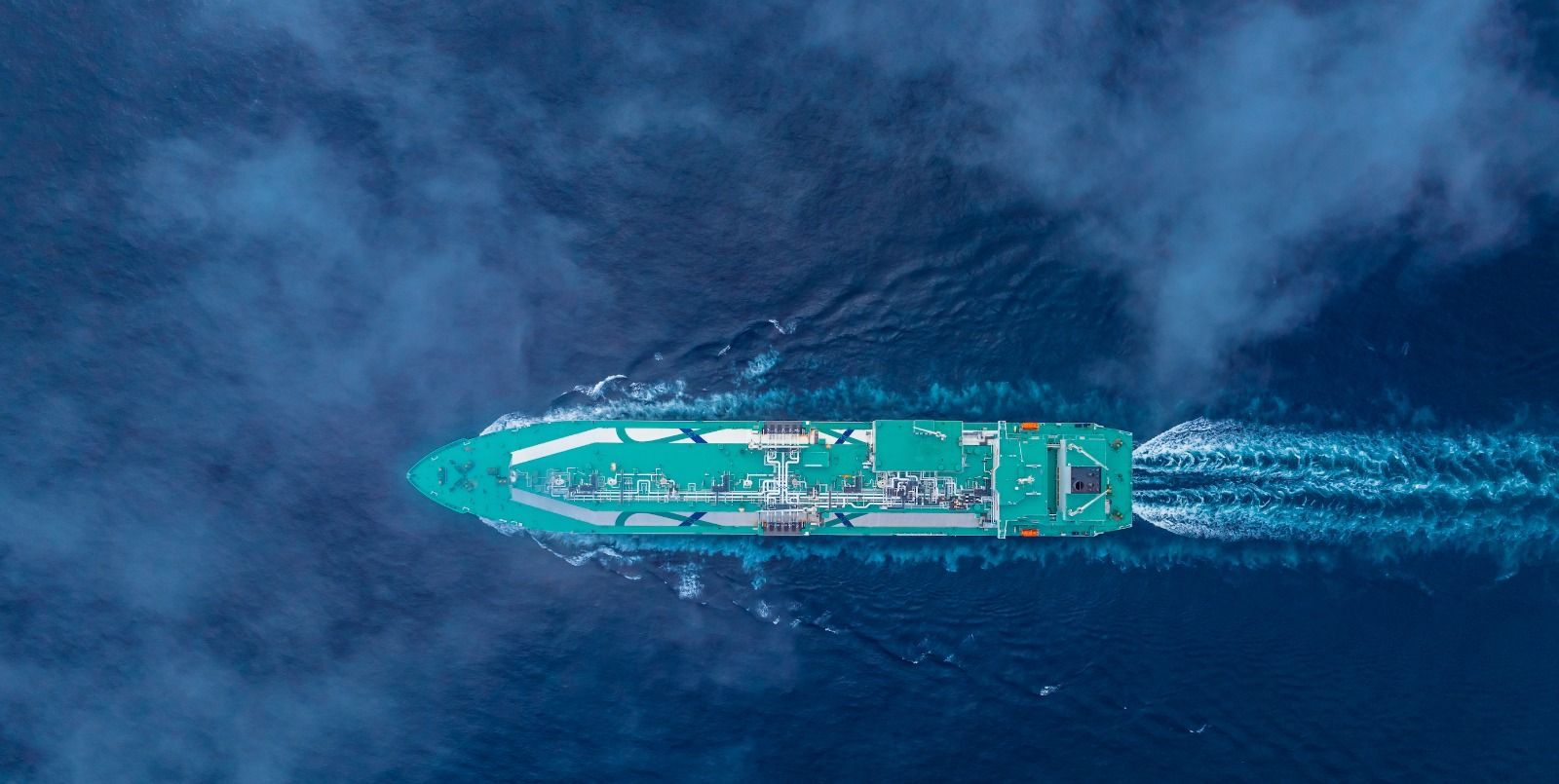Floating LNG’s Flexibility Trumps Cost and Speed Myths
Floating liquefied natural gas (FLNG) projects have experienced significant growth over the past decade, with current operational capacity representing 3% of the global liquefaction capacity of around 500 million metric tons a year.
This paper will examine the evolution of the FLNG solution, challenging common perceptions regarding its cost-effectiveness and speed to market, while highlighting its advantages of flexibility, mobility and small size as key drivers of continued investment. BloombergNEF expects the FLNG capacity to double to 30 million tons a year by 2030 from today, though its share of global LNG supply will remain small.
Standardized and near-shore FLNG vessel solutions have reduced vessel costs. However, the overall project capital expenditure can remain high if additional investment is required, for example, in the upstream part of the project, which could offset these savings. Higher operating costs and potential delays can exacerbate cost overruns.
This paper notes that the vessel costs of early custom-built FLNG vessels like Prelude and PFLNG Satu are significantly higher than recent conversions such as Golar's Hilli Episeyo, FLNG Gimi, and the upcoming FLNG Fuji. However, complex projects requiring subsea infrastructure or floating production storage and offloading deployment, like BP’s Tortue FLNG and Eni’s Coral Sul FLNG, demonstrate that total project unit costs can still be high, sometimes mirroring those of traditional large-scale onshore projects.
FLNG is often considered as a fast-to-market solution due to shipyard construction bypassing onshore permitting hurdles. Utilizing existing FLNG assets can further accelerate this process. However, this trend is increasingly being challenged by the rapid deployment of modular onshore projects in the US. Furthermore, data for operational projects indicates that the time taken from final investment decision to first LNG production can be similar to those of conventional onshore developments due to project delays and commissioning complexity.
Nevertheless, the ability to redeploy vessels to other locations, along with their smaller size, can boost vessel builders’ confidence in approving investments despite the possible risks around cost escalations and project delays. FLNG projects can offer developers a strategic advantage by maintaining small uncommitted volumes, providing greater flexibility in their global portfolios.
The shipbuilding landscape for FLNG is also evolving, with Chinese shipyards expanding their presence alongside the traditionally dominant South Korean players. This diversification not only enhances supply chain resilience but also fosters increased competition, which could lead to further optimization of FLNG vessel construction costs. Looking ahead, FLNG’s flexibility and mobility are likely to continue to drive interest in the segment, with several additional FLNG units aiming for final investment decision in the coming years.




)
)
)
)
)
)
)
)
)
)
)
)
)
)
)
)
)
)
)
)
)
)
)
)